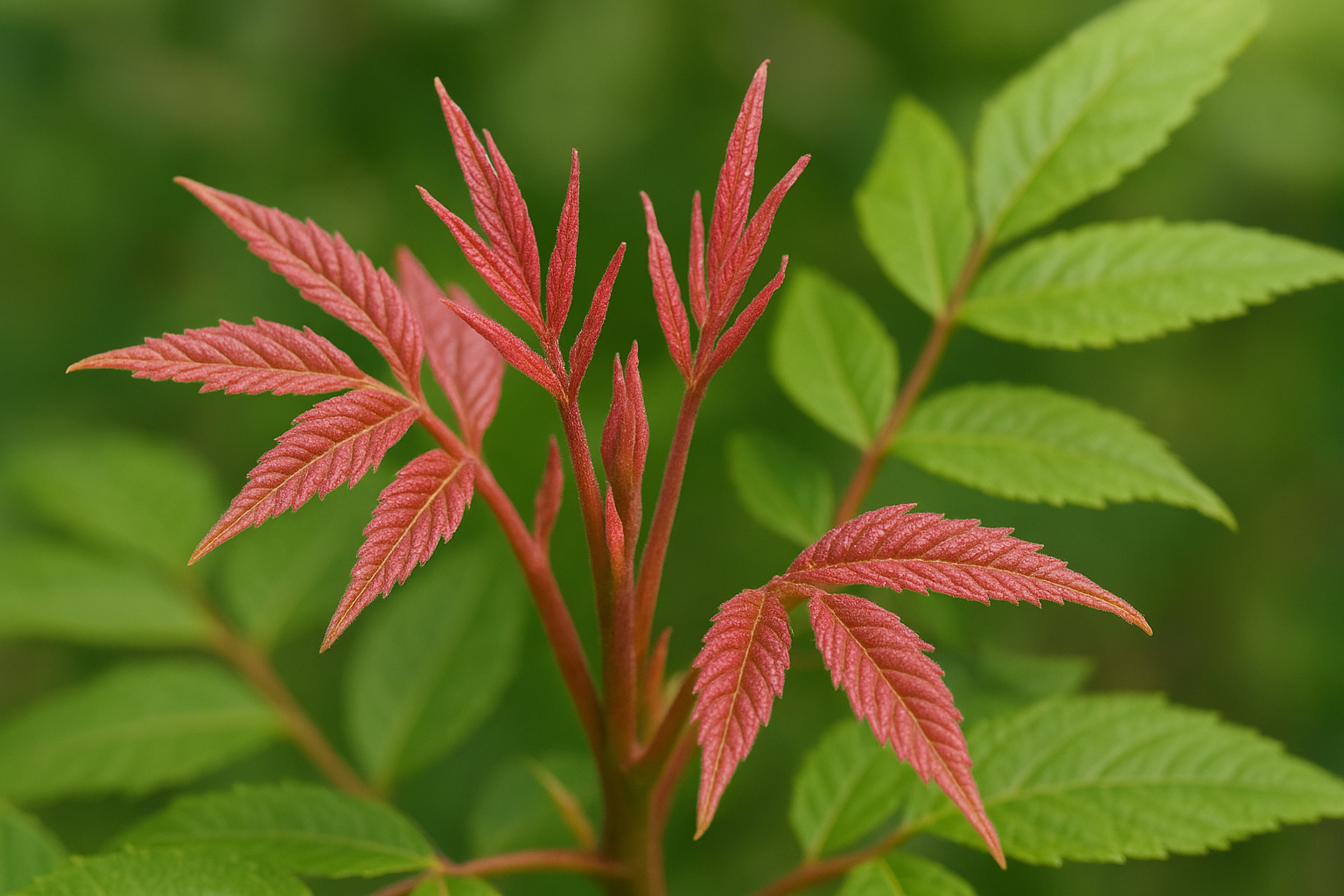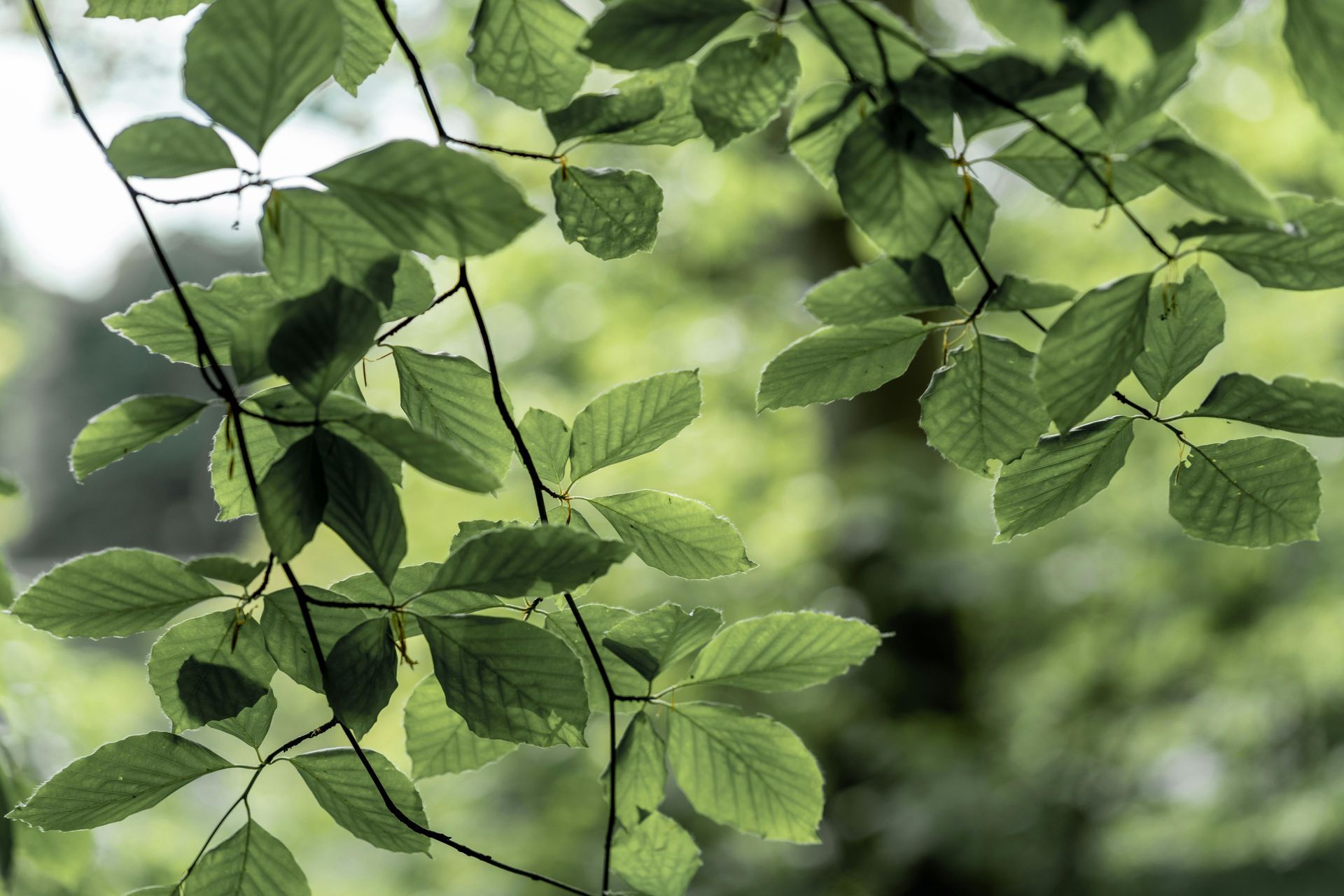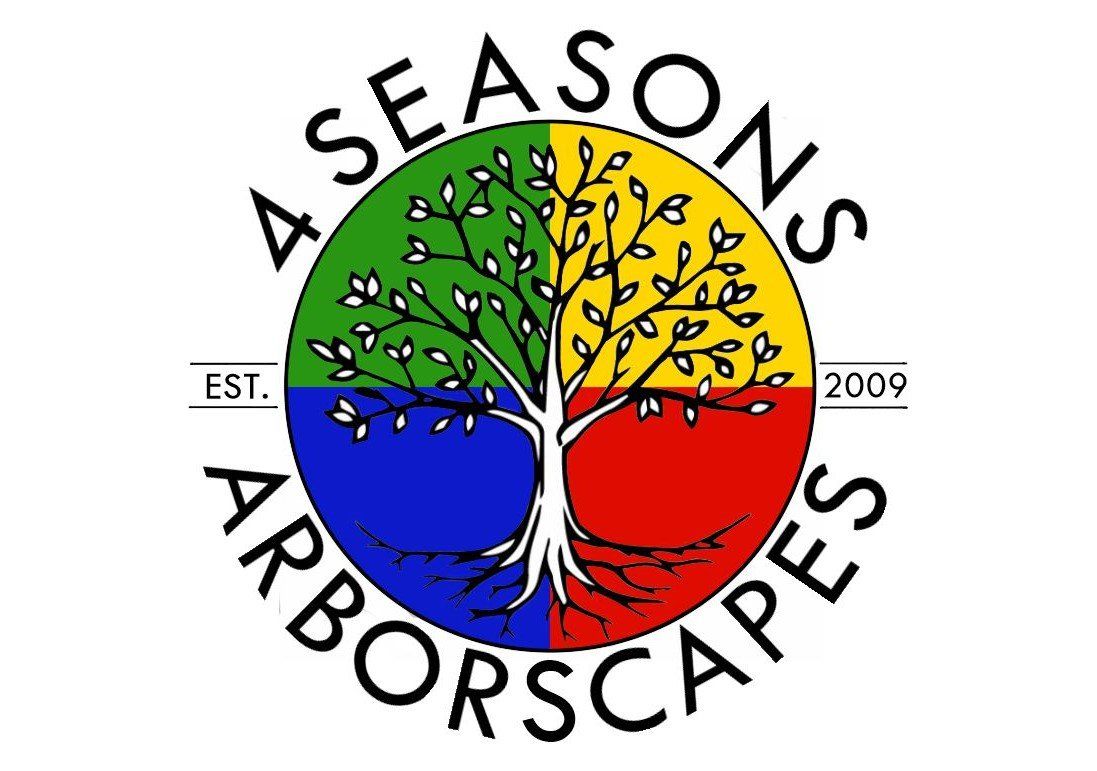Deer-Resistant Plants for Your Garden
Got deer problems? We're here to help.
As delightful as deer may be, they often present a significant challenge for homeowners striving to uphold a well-maintained and attractive lawn and garden. These graceful creatures have a penchant for nibbling on a variety of plants that we cultivate for sustenance, privacy, or visual appeal, which can lead to frustration and disappointment for those who put in the effort to create a beautiful outdoor space. Fortunately, there are several approaches, both chemical-based and natural, to deter deer and safeguard your greenery from unwanted harm, allowing you to enjoy the beauty of your garden without the worry of it becoming a deer buffet. By implementing these strategies, you can protect your plants and maintain the aesthetic of your outdoor oasis while coexisting peacefully with these majestic animals.
From deer repellant sprays to unconventional methods like using transistor radios, smelly shoes, bars of soap, and even rotten eggs, there are numerous strategies at your disposal to protect your garden from deer. While these methods can be effective in deterring deer, our primary focus is on selecting plants that not only repel deer but also provide nourishment for pollinators, creating a harmonious and beneficial ecosystem in your garden. By incorporating deer-resistant plants that also support pollinators, you can not only protect your garden but also contribute to the overall health and biodiversity of your outdoor space.
Deer are known to be selective in their choice of plants to graze on, often avoiding those with strong fragrances that may deter them. Sage, lavender, peonies, bearded irises, salvia, and butterfly bushes. They also tend to steer clear of prickly or textured vegetation like lamb's ear, cacti, and certain thistles. However, despite their usual preferences, deer have been observed to occasionally snack on rose bushes, showing a degree of flexibility in their diet depending on availability and circumstances.
While these deterrents may discourage deer from feasting on your prized plants, it's essential to remember that a hungry deer will resort to consuming almost any available vegetation. While there is no foolproof deer-resistant plant, a wide array of highly repellant options exists for you to choose from.
Check out the latest:









